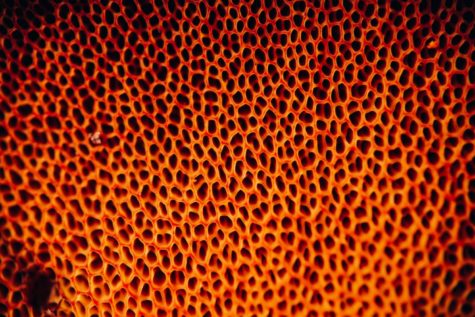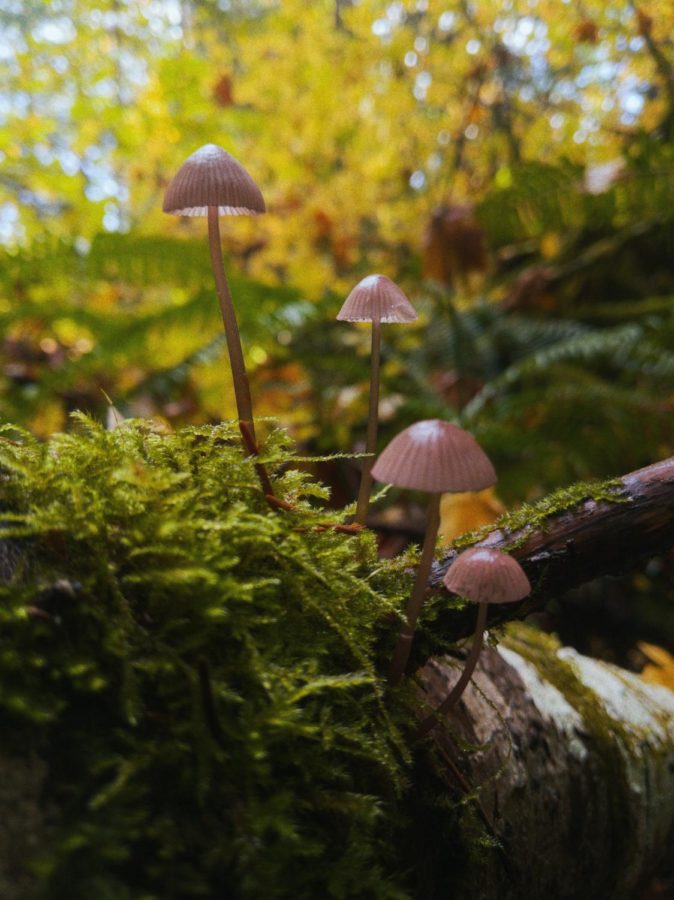Learning to Nourish, Not Exploit: Using Mycelium as a Climate Change Resource
The long term investment of using mycelium in our daily lives, and replacing harmful practices with more sustainable ones.
Mycelium grows just as easily as mushrooms do in nature, which reflects how efficient and abundant it can be for humans to use this natural resource in different fields.
For hundreds of years, humans have exploited the Earth for their gain; in return, we got tall skyscrapers and new technology, while the Earth got a death sentence. Climate change has been an ongoing issue for generations, as humans have used their dependence on the planet as an excuse to be selfish and greedy. As a result, Earth has suffered immensely, but we have ignored it, with our modern lives overruling the doom that awaits us. Well, science has shown that time is not on our side, and now we and our planet are beginning to face the consequences at an unprecedented rate. This has led to many working hard to avert the oncoming crisis. However, only a few have considered a solution that the Earth naturally produces, such as mycelium.
Mycelium (plural mycelia) is a network of fungal threads, also known as hyphae. Some of the oldest mycelia are between 715 and 810 million years old. Humans have used fungi like mycelium for thousands of years in medicine, food, and so much more, because of how multifaceted it is. But it’s only recently that society has begun to view this natural resource as a way to save the Earth, and in the times we are in right now, using mycelium is not a choice — it’s a decision that needs to be made right away.
In recent years, climate change has dramatically increased with carbon dioxide emissions reaching over 36.4 gigatons this year, increasing around 1.9 gigatons since 2020. Although our society is beginning to understand the importance of change in terms of our perspective on climate change action. It is not just about education; it’s about putting that knowledge to work. We need to continue to make solutions on top of acknowledging the problem.
According to recent studies, around 39% of the world’s carbon footprint is due to buildings and construction, and 60% of global greenhouse gas emissions are from producing consumer goods and services. Using mycelium, an efficient sustainable resource would help us to attack the major contributors of carbon emissions, and to work to delay the rate of climate change.
Not only is mycelium extremely light, but it is also quite malleable, and the fungi have extreme potential to help us during this environmental crisis. During the growth process, mycelium can also be shaped by putting it into a mold. Once matured, the mycelium will take on the shape of that mold and can be used however it is desired. It can also hold an immense weight and grow around other structures as well, as long as that structure has a substrate that the mycelium can feed off of. Due to these characteristics, mycelium has already begun to be used in architecture, fashion, and even cooking.

(Timothy Dykes / Unsplash )
Major companies have noticed the unique uses of mycelium and have added them as a part of their business models. One of these companies is Ecovative Design LLC headquartered in Green Island, New York, which provides sustainable alternatives to plastics and polystyrene foams for packaging, building materials, and other applications, by using mushroom technology.
In an interview with Ecovative Design’s Co-Founder, Gavin McIntyre, he spoke to some of the work that the company does and the understanding we need to have for the climate problems present. “As our population has continued to increase and we have advanced our technology, its important to look at the material impact in our daily lives, to further understand the imprint we are leaving on the environment.” The approach Ecovative Design has already proven to aid our environment, and it is a constant reminder that this is only a glimpse of the potential of mycelium, as there are several possibilities that have yet to be explored.
Along with adding mycelium as a replacement for damaging resources, McIntyre also highlighted the importance of education on sustainability in schools, so that each generation can understand the practicality of mycelium as well as the climate crisis we are facing. Without proper education on the environment, we live in we will continue to make the same mistakes that we have made in the past, keeping us in a detrimental cycle.
Overall, our goal as of now is for CO2 emissions to reach net-zero by 2050, and even though this seems like quite some time away, in reality, it is not. The work we have to do to reach this goal will mean utilizing every hour, minute, and second until 2050, in order to save the planet. And while it might seem easier to look for solutions that are developed by humans, the Earth has provided us with a powerful means to fix our situation. We must use a combination of education and move away from passive activism, in order to finally realize the potential of natural resources and to utilize practices that nourish the planet, instead of exploiting it.
In an interview with Ecovative Design’s Co-Founder, Gavin McIntyre, he spoke to some of the work that the company does and the understanding we need to have for the climate problems present. “As our population has continued to increase and we have advanced our technology, its important to look at the material impact in our daily lives, to further understand the imprint we are leaving on the environment.”
Sarah Infante is a Staff Reporter for ‘The Science Survey’. This is her first year on the journalism staff, and she finds herself fortunate to be able...

